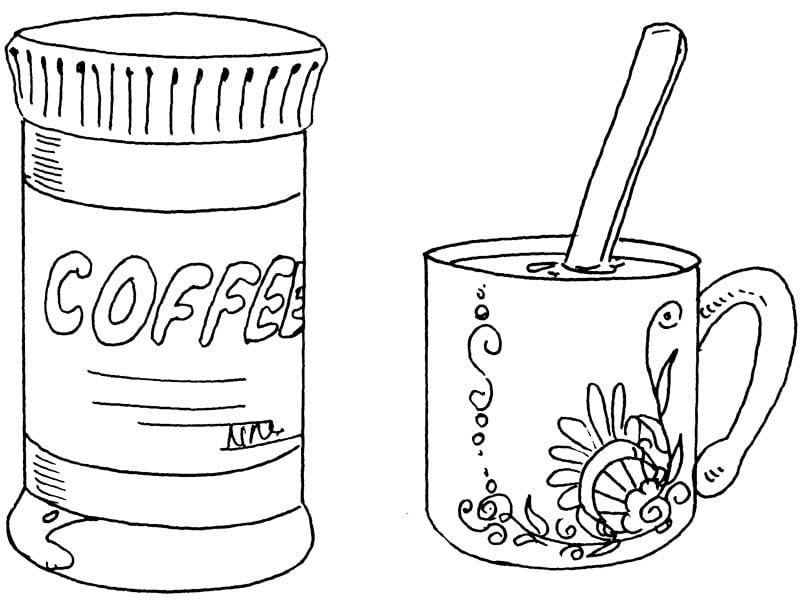Tea was used as a drink as far back as 500,000 years ago. India and China were probably among the first countries to cultivate tea. It’s the most widely consumed beverage in the world, second only to water. The global consumption of tea is about 3 billion kg. annually with India alone accounting for the largest contribution (about 30%).

Tea is consumed in different forms, namely green tea, black tea and oolong tea. All teas originate from the same shrub called camellia sinensis. What sets them apart is the way they are processed, which makes all the difference to the colour and flavour. Green tea is lightly steamed or roasted, and then dried so as to maintain its color and active compounds. Unlike traditional black tea, green tea leaves are not fermented.
GREEN POWER
The use of green tea as a beverage dates back to 3000 B.C. Green tea is well known traditionally in Asian countries like Japan and China for maintaining good health. Now studies suggest that there may be some substance to this ancient wisdom.
The most important property of green tea is its powerful antioxidant action, in the form of compounds ‘polyphenols’ or ‘catechins’, which are four in number. The principal one of these ‘good-for-you’ compounds is called EGCG (or, if you’re good at tongue twisters, epigallocatechin-3-gallate). EGCG present in green tea is believed to be 100 times more potent than Vitamin C and 25 times better than Vitamin E as an antioxidant.
The production of free radicals in the body is the main cause of the many ‘life-style’ diseases, like diabetes, cataract, atherosclerosis, alzheimer’s disease, skin cancer. The antioxidants in tea fight these free radicals and therefore these diseases. Here’s a look at all the possible health benefits that green tea may provide, based on what human and animal studies suggest.
GREEN TEA & YOUR HEART
There have been a series of animal studies highlighting the heart-friendly activity of green tea.
Studies on mice, reported in a recent issue of circulation, show that EGCG in green tea can slow the build-up of artery-clogging plaque.
In this study, mice were fed a high cholesterol diet and then given a plaque-inducing injury to their main heart artery. This was followed by injections of green tea extract (EGCG) on some of the animals.
3 weeks later the EGCG animals had 55% less plaque than those not given the extract. By day 42, they had 73% less plaque. But the treatment had no effect when given to animals with fully mature plaque.
It would appear that antioxidants in green tea had therapeutic benefits only if initiated during a critical window period very early in the formation of artery clogging plaque.
In the normal animals, green tea also caused some improvement in the LDLHDL cholesterol ratio, triglycerides, and fibrinogen— all blood indicators of heart disease.
A few human studies have also yielded similar results.
Compounds other than EGCG in green tea have been found to be heart protective as well. For e.g.. an amino acid called thiamine, which helps reduce blood pressure. Thiamin also increases GABA, a brain chemical that has a calming effect.
GREEN TEA, AGING & LONGEVITY
Green tea may delay aging by its strong antioxidant action, preventing the accumulation of free radicals and the resultant damage to the DNA over time. It may also boost immunity with its stimulating effect on the immune system. (This in turn helps the body to fight infections better as one grows old. Enhanced immunity also keeps minor illnesses at bay.) Green tea can help protect your joints and stave off arthritis in two ways—by reducing inflammation and by protecting against cartilage breakdown. It can even help improve joint mobility.
GREEN TEA & OBESITY
EGCG in green tea has been shown to increase the metabolic rate. In a French study, the resting metabolic rate (RMR) or the rate at which you burn fat when you crash out on the couch—was increased by 4% after 90 mg of green tea extract was consumed three times a day. Scientists believe that EGCG could probably bring about weight loss by three mechanisms increasing metabolic rate, preventing the digestion of carbohydrates and reducing appetite.
The Japanese custom of drinking green tea, before, during and after a high carbohydrate meal has finally found a new scientific meaning.
GREEN TEA & YOUR EYES AND SKIN
The age-related eye problems of cataract and macular degeneration are also a result of free radicals damage. This effect is accelerated further in diabetes. Green tea antioxidants could help offset these effects by their antioxidant action and thus prevent or delay the formation of cataract and macular degeneration. New studies suggest that green tea may protect your skin against the damage caused by UV rays.
GREEN TEA & TEETH
Green tea counters bad breath better than mint, parsley, or chewing gum. Furthermore EGCG has been shown to reduce plaque formation. So have a cup after dinner or dessert to keep the plaque forming bacteria from eating into your pearls.
EGCG & CANCER
Several human and animal studies suggest that green tea catechins possess significant antitumor properties and have demonstrated inhibitory effects against tumor formation and growth.
Population studies suggest that green tea consumption may be one of the reasons why the incidence of cancer is so low in
Japan. A Japanese study of 8,522 people over 40 years of age, showed a definitive association between green tea consumption and cancer incidence, especially among females drinking more than 10 cup a day. People who drank more green tea were less likely to develop tumors. Emerging animal and clinical studies suggest that EGCG could play an important role in the prevention of many types cancers including breast, skin, lung, stomach, prostate, ovarian, and colon cancers.
In times to come, it may be possible that green tea will be use as an adjutant in the treatment of cancer.
TEA THERAPY
So how much green tea do you need to consume to derive its myriad health benefits?
Catechins, the polyphenols in green tea, are water soluble, and are absorbed quickly. So even drinking one cup of tea increases the antioxidant activity in the blood within one hour. Catechins reach a maximum concentration in blood within 1½-2½ hours time. Thereafter the level starts declining with negligible amounts in blood after 24 hours. Ideally, therefore, in order to maintain a continuous level in the blood, green tea needs to be consumed throughout the day, amounting to 10 cups in total. (An average cup of green tea may contain 50-100 mas of polyphenol.)
Studies indicate that there are no significant side effects or toxicity associated with green tea consumption. However, its caffeine content may produce sleep disturbances. Hence it is advisable to take the evening cup at least 3 hours before going to bed.
GREEN TEA OR EGCG?
It may be hard for everyone, except green tea buffs, to guzzle down 10 cups of tea every day. Or perhaps you have tried green tea and found it a poor replacement for your masala chai. Or maybe you are averse to any caffeine-containing beverages. Fret not—you can still derive the benefits of green tea in the form of capsules. One brand that is available in India is Teavigo. But be warned: they’re pretty pricey. Each 500 mg capsule contains 350 mg of green tea extract of which 105 mg is EGCG. Based on this, you may need to take 3-4 capsules in a day.

Already green tea extracts have found a place in cholesterol lowering drugs, dietary supplements, and among popular beverage brands across the world.
It is interesting to note that EGCG has been promoted for good health in popular staple food items like biscuits and cookies. In Belgium, sweet biscuits are fortified with EGCG as natural antioxidants. Another brand in France contains EGCG as a naturally protective ingredient for health.
So perhaps it’s time to go green when you think of tea.
Black is not bad
Although green tea is the star, many of its benefits can be found in black tea as well. For example, a Swedish study found that black-tea drinkers had significantly lower rates of stomach cancer.
Mice studies (and clinical trials with humans) suggest potential protection against cancer and heart disease and even cataracts and arthritis.
And finally, naturally occurring fluoride in black tea may help prevent tooth decay.
How to Make Green Tea
Add one teaspoon per cup, infuse for 60-90 seconds in hot water, filter the entire contents into cups, and lemon or honey to taste.

